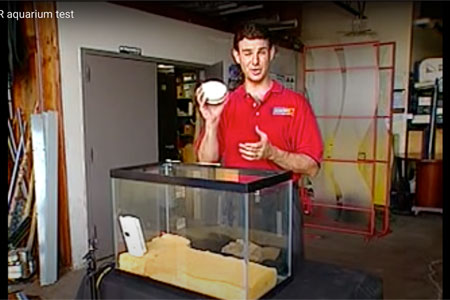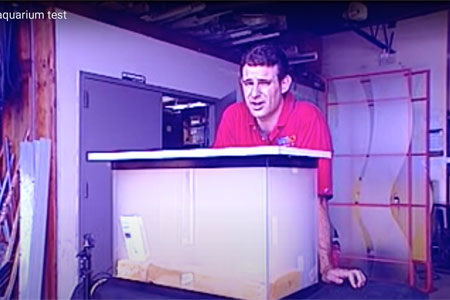Ionization smoke alarms are generally better than photoelectric smoke alarms at detecting flaming Fires that consume combustible materials rapidly and spread quickly. This includes kitchen grease fires and wastebasket fires. These types of fires typically produce small particles of smoke.
Photoelectric smoke alarms are generally better than ionization smoke alarms at detecting smoldering fires. This include cigarettes burning in a couch or bed. These fires may smolder for hours before bursting into flames. Smoldering fires typically produce large particles of smoke.
Combination smoke alarms have both ionization and photoelectric sensors, or they substitute a carbon monoxide sensor for one of the sensors.
Historically, photoelectric alarms have been significantly more expensive than Ionization. Hence,
In the last decade, ionization smoke alarms have come under scrutiny because of fish tank (aquarium) videos that demonstrate just how poor ionization smoke alarms are at detecting smoldering foam fires.


In addition to educating the public, this has resulted in legislation and lawsuits.
Search Google or Bing for "ionization vs photoelectric", and you will find several of the fish tank videos. Foam and an ionization smoke alarm are placed in a clear glass fish tank. To produce smoke without ignition, a 30-watt soldering iron is placed in the foam. In about 5 minutes, the tank is full of smoke, but the ionization smoke alarm does not sound until nearly 20 minutes. The test is then repeated with a photoelectric smoke alarm to show how superior they are at detecting smoldering fires.
However, in defense of ionization smoke alarms, they are superior at detecting grease fires. According to a NFPA report [1], statistical data on reported fires during 2013-2017 indicated:
This is just the reported fires, and it does not include unreported fires or the fires that were prevented by ionization smoke alarms.
The thinner air at high elevations causes ionization smoke alarms to respond more slowly. Photoelectric smoke alarms are not affected by altitude. NFPA recomennds photoelectric smoke alarms for homes in high altitudes. BRK does not recommend ionization smoke alarms for altitudes above 3,000 feet.
The state of Vermont requires photoelectric smoke alarms in newly built homes and the sale or transfer of existing homes. Massachusetts requires combination photoelectric and ionization smoke alarms. Iowa requires combination smoke alarms but allows one of the sensors to be for carbon monoxide. In Ohio, several municipalities require photoelectric smoke alarms.